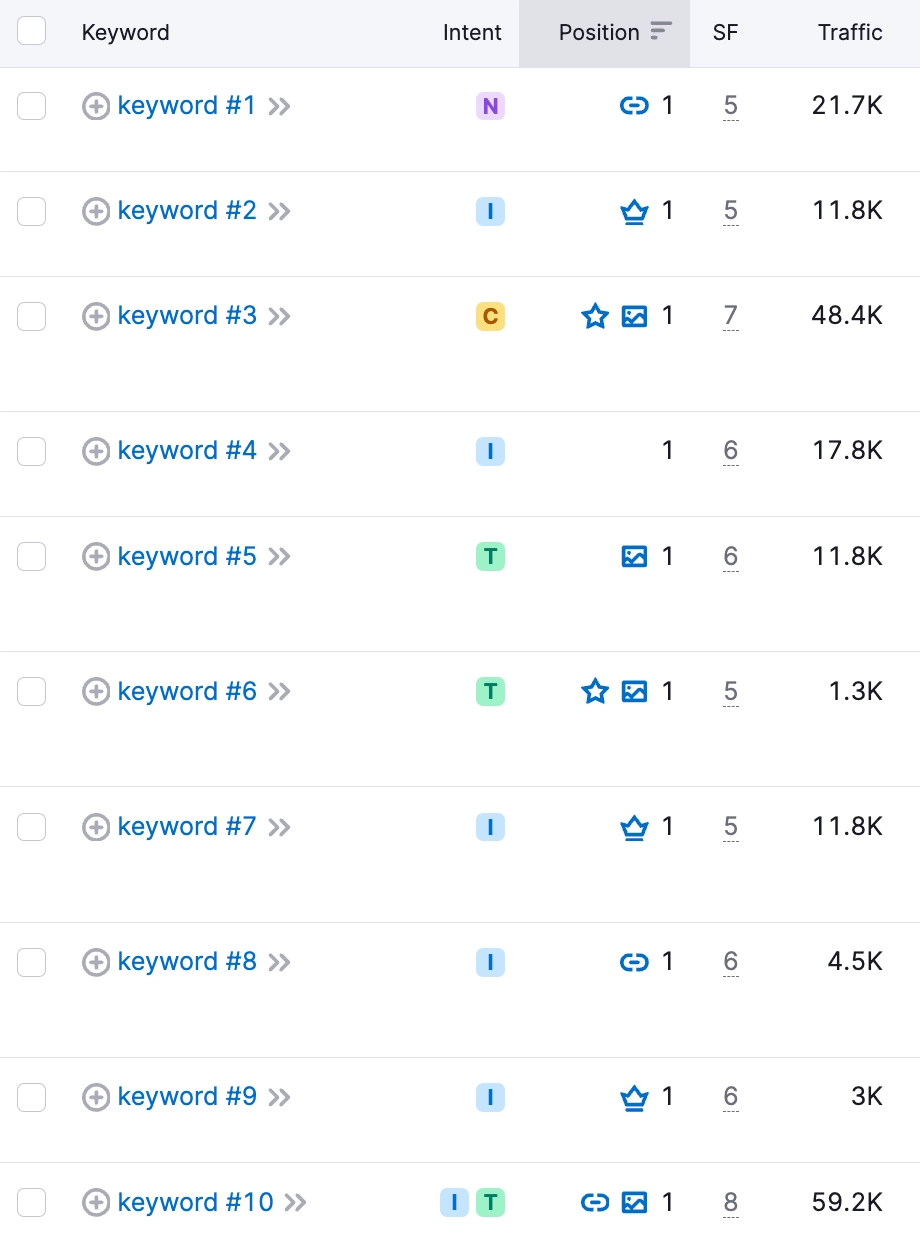In the realm of SEO and website development, there’s a lot of talk about something called meta tags. These little snippets of text might not seem like much at first glance, but they play a crucial role in how search engines understand and rank your website. If you’re looking to boost your site’s visibility and performance in search engine results, understanding and using meta tags effectively is a must. So, let’s break down what meta tags are, why they matter, and how you can use them to your advantage.
Mega Tags: What are They and How do They Help SEO?
Meta tags are small pieces of HTML code that provide search engines with important information about a webpage. They don't appear on the web page itself to visitors but exist in the page's source code, acting as descriptors or summaries of the page's content. Essentially, meta tags are a way for website owners to communicate with search engines to describe what their site or a specific page is about.
Meta tags help search engines understand the context and relevance of webpages in relation to user queries. This process is crucial for search engine optimization (SEO) because it influences how a website is indexed and ranked in search engine results pages (SERPs). While they are invisible to users browsing a website, meta tags play a significant role in attracting traffic by improving visibility and click-through rates from search results.
List of the Main Meta Tags
Here's a list of important meta tags commonly used in SEO and web development:
- Title Tag: Defines the title of a webpage. This is one of the most important meta tags as it directly influences click-through rates from search engine results pages (SERPs), appearing as the clickable headline for a search listing.
- Meta Description Tag: Offers a brief description of the page’s content. While it doesn’t impact a page’s ranking directly, a well-written meta description can improve the page’s click-through rate from SERPs.
- Meta Keywords Tag: Once used to specify the keywords for which the page was optimized. Due to misuse, it’s now largely ignored by most major search engines for ranking purposes.
- Robots Meta Tag: Directs search engine crawlers on how to index and crawl a web page. Values can include “index” or “noindex” (to index or not index the page) and “follow” or “nofollow” (to follow or not follow links on the page).
- Canonical Tag: Helps prevent duplicate content issues by specifying the “canonical” or “preferred” version of a webpage. It’s essential for SEO when similar or identical content appears on multiple URLs.
- Viewport Tag: Essential for responsive web design, this tag instructs browsers on how to control the page’s dimensions and scaling to fit the device it’s being viewed on.
- Charset Tag: Specifies the character encoding for the HTML document, ensuring text is rendered correctly.
- Author Tag: Specifies the name of the author of the webpage content. While not directly influencing SEO, it can contribute to the webpage’s credibility.
- Refresh Tag: Directs the browser to refresh the page after a specified number of seconds. It can also redirect users to another URL after a set time. However, its use for redirection is not recommended for SEO.
Understanding and correctly implementing these meta tags can significantly impact a website’s user experience, search engine ranking, and visibility on social media platforms.
Using Meta Tags for SEO
Using meta tags effectively is a fundamental aspect of SEO, impacting how well your pages perform in search engine results pages (SERPs). Here’s a guide to using some of the key meta tags to optimize your website for search engines:
Optimize the Title Tag
- Be Descriptive and Concise: The title tag should accurately describe the content of the page while being engaging. Keep it under 60 characters to ensure it displays properly in SERPs.
- Include Target Keywords: Place relevant keywords towards the beginning of the title tag to signal its relevance to search engines and users.
- Unique Titles for Each Page: Every page on your site should have a unique title tag to help search engines understand that the content is distinct.
Craft Compelling Meta Descriptions
- Actionable and Relevant: Write meta descriptions like a call to action, summarizing the page content compellingly and succinctly. Aim for about 155 characters to prevent it from being cut off in SERPs.
- Use Keywords Wisely: Including relevant keywords can help show the description’s relevance, but avoid stuffing keywords unnaturally.
- Differentiate Your Pages: Like title tags, meta descriptions should also be unique for each page to reflect the specific content of each page accurately.
Utilize the Robots Meta Tag
- Control Crawling and Indexing: Use the robots meta tag to tell search engines whether to index a page and follow its links. This is useful for pages you don’t want appearing in search results, like thank you pages, or to manage crawl budget for large sites.
- Syntax Examples: Use `content=”index, follow”` to allow indexing and following of links, or `content=”noindex, nofollow”` to prevent it.
Implement the Canonical Tag
- Avoid Duplicate Content: Use the canonical tag to point search engines to the original version of content that appears in multiple places. This helps prevent dilution of ranking signals and ensures the preferred page is indexed.
- Cross-Domain Canonicals: This can also be used for content syndication, allowing you to publish content on other sites while pointing back to the original content on your site.
Enhance with Open Graph and Twitter Card Tags
- Social Media Readiness: Even though not directly affecting SEO, implementing Open Graph (OG) and Twitter Card tags can influence the visibility of your content on social media, potentially driving more traffic to your site.
- Consistent Branding: These tags ensure your content is displayed consistently and attractively when shared on social platforms, with control over the title, description, and image displayed.
Additional Tips
- Monitor and Update: SEO isn’t a set-and-forget task. Regularly review and update your meta tags to ensure they remain effective and reflect the latest content and keyword strategies.
- Follow Webmaster Guidelines: Always adhere to the guidelines provided by search engines like Google to avoid penalties for over-optimization or manipulation.
Final thoughts
Meta tags might be a small part of your site’s HTML code, but they have a significant impact on your SEO performance. By understanding and implementing effective meta tag strategies, you can improve your site’s visibility, drive more organic traffic, and achieve your digital marketing goals.






